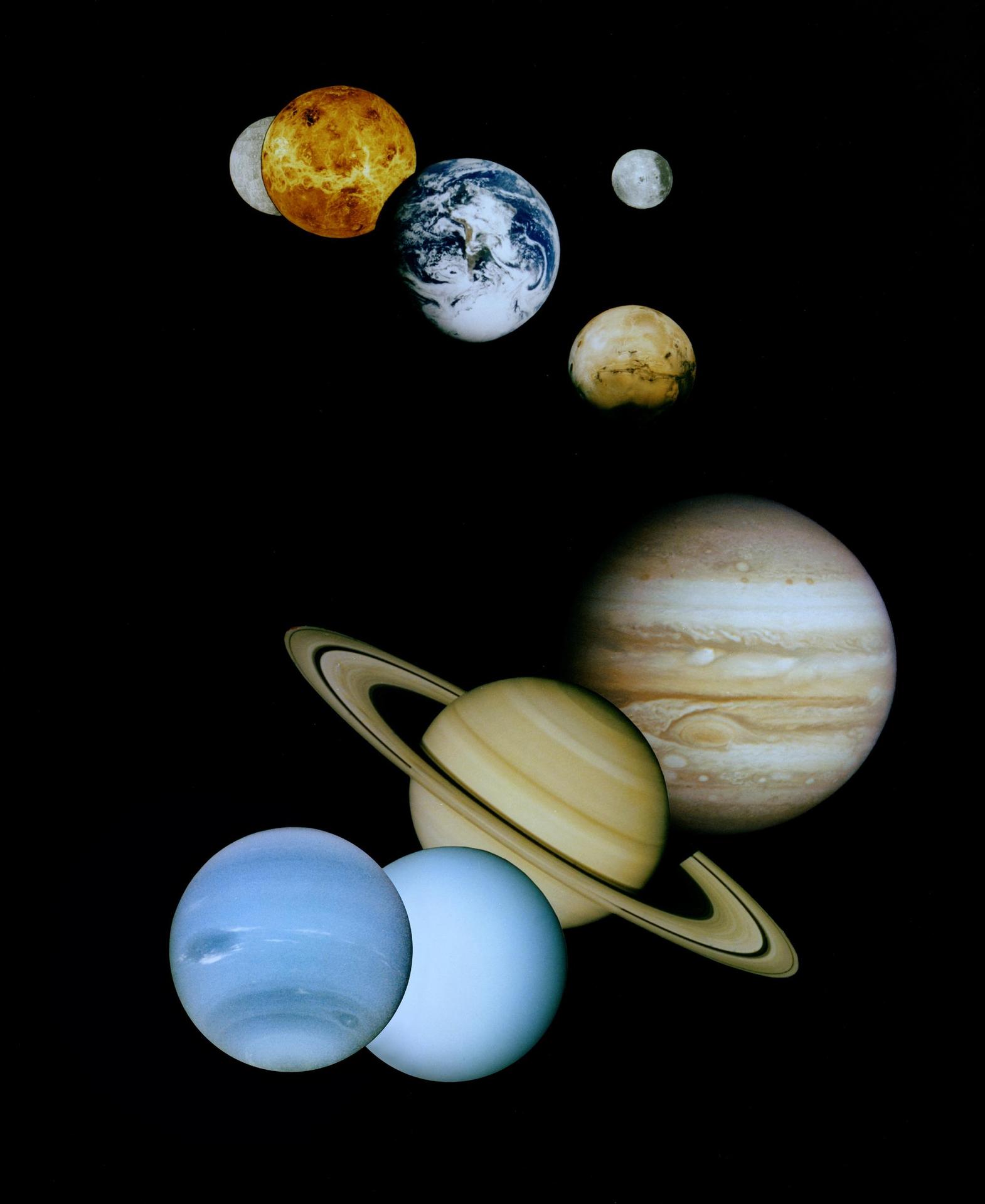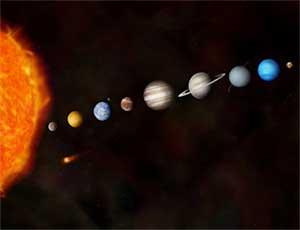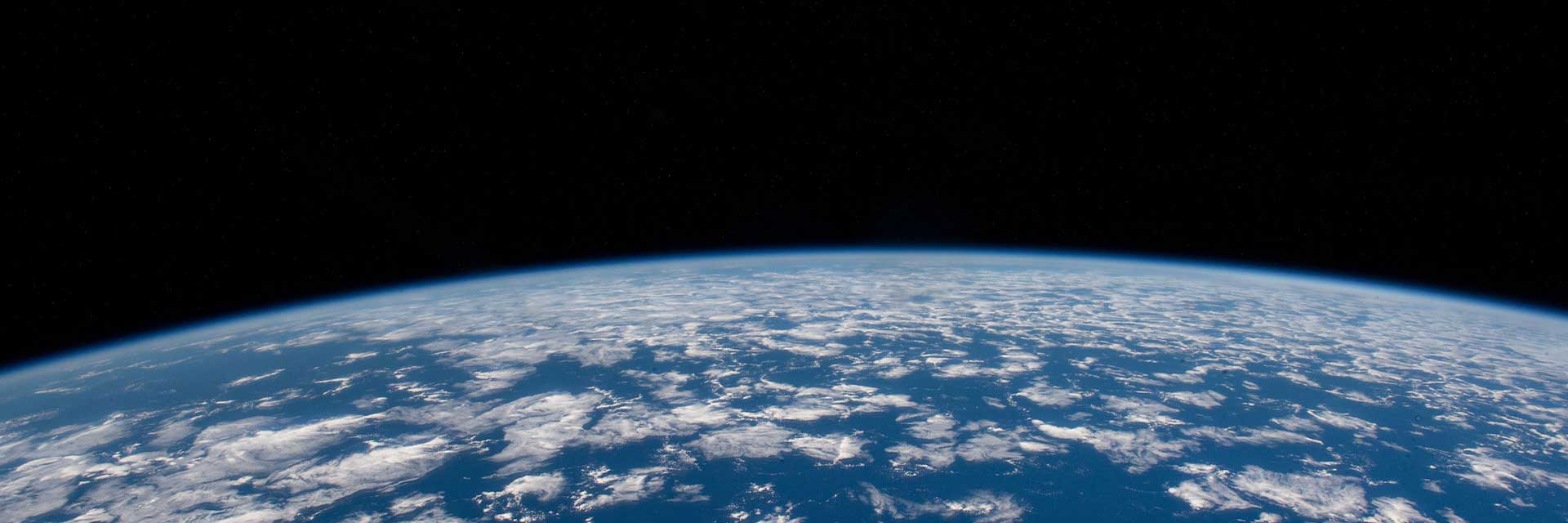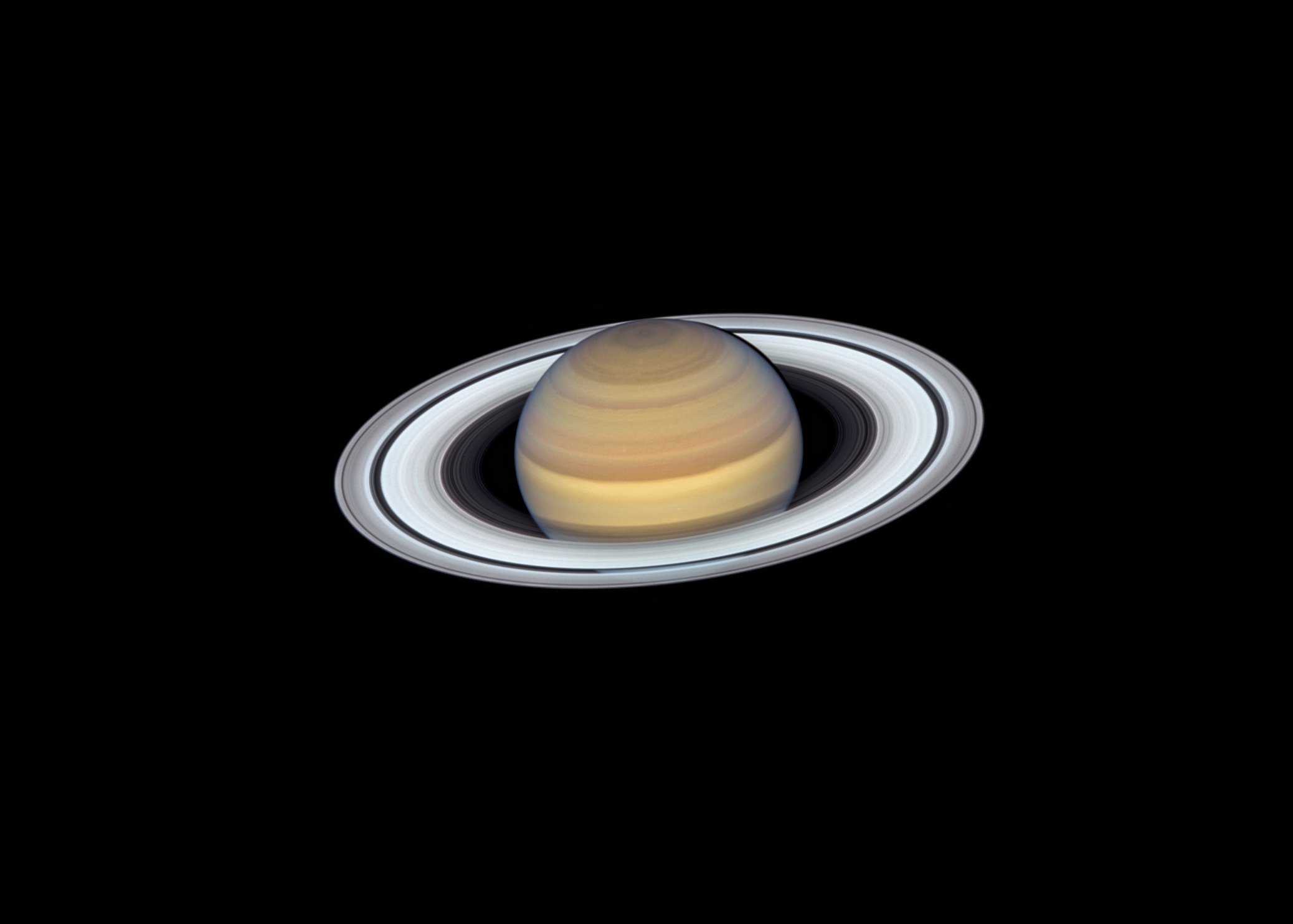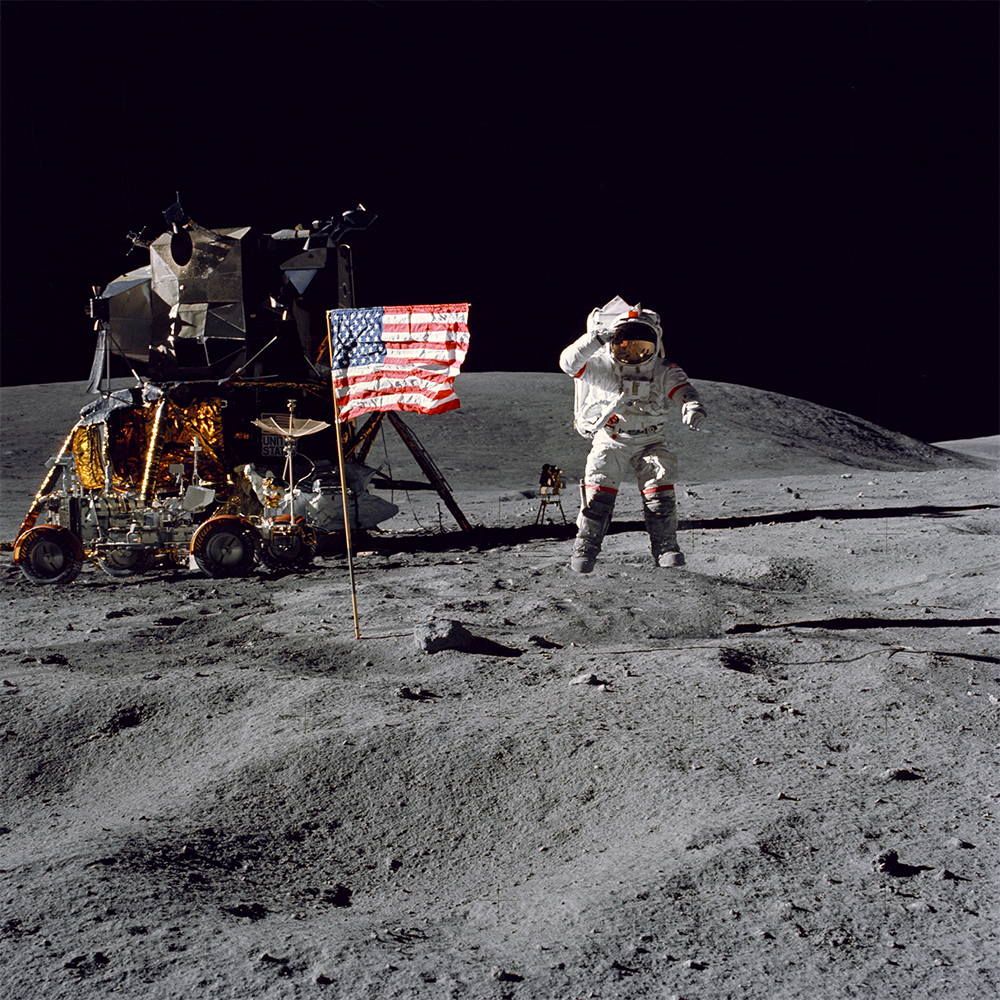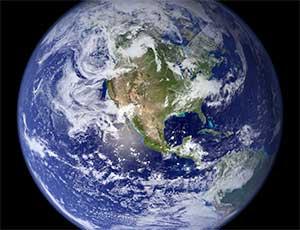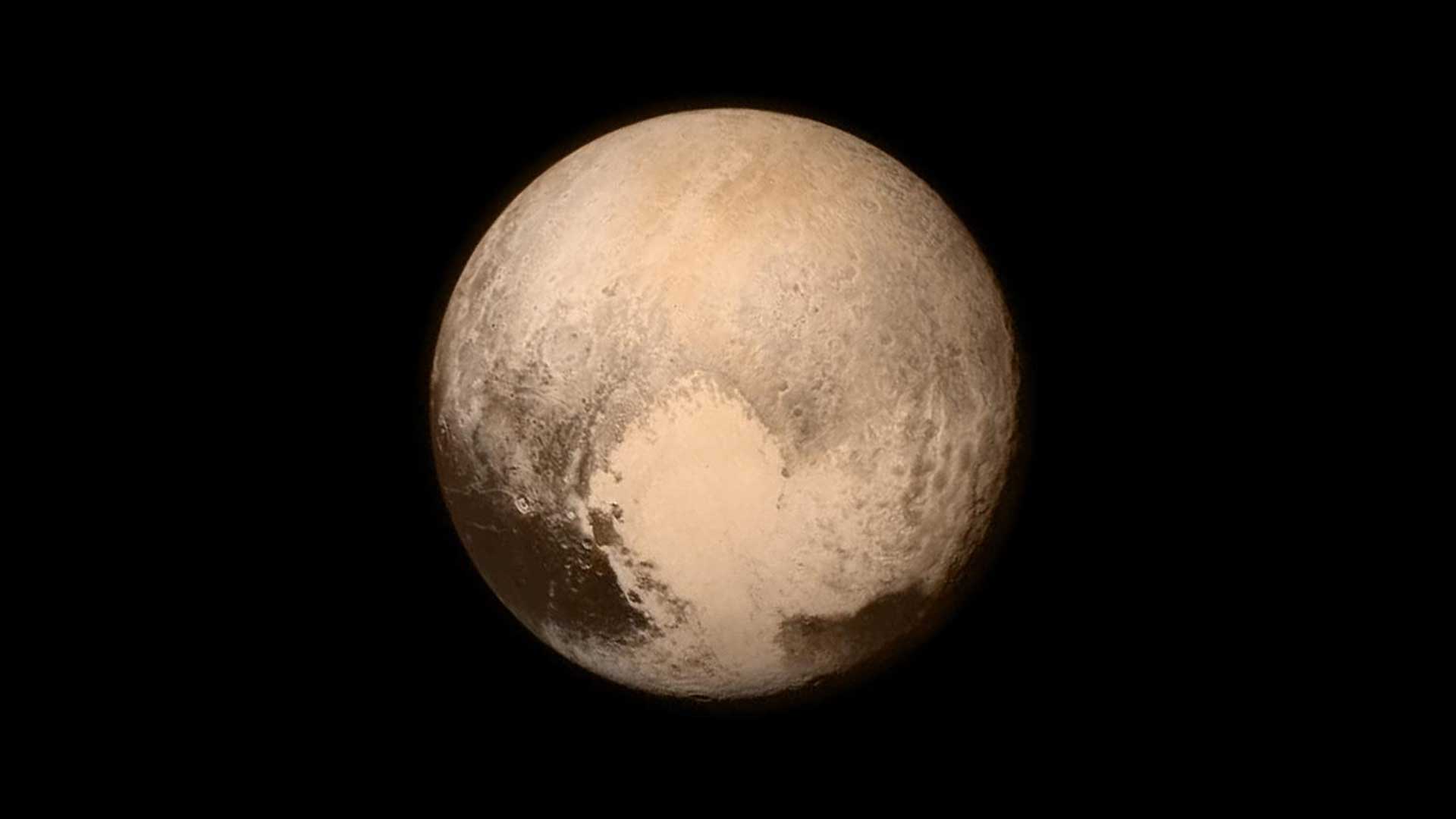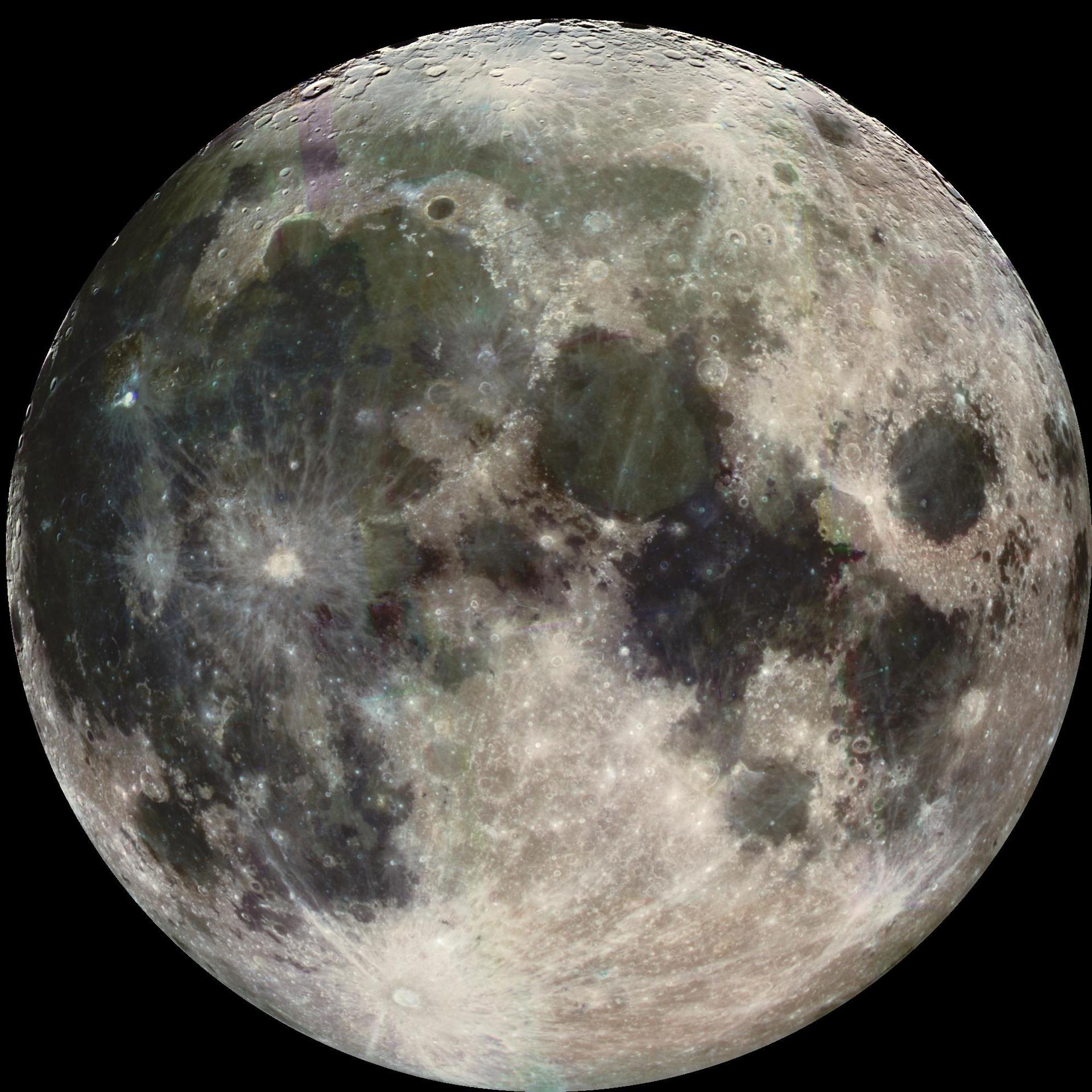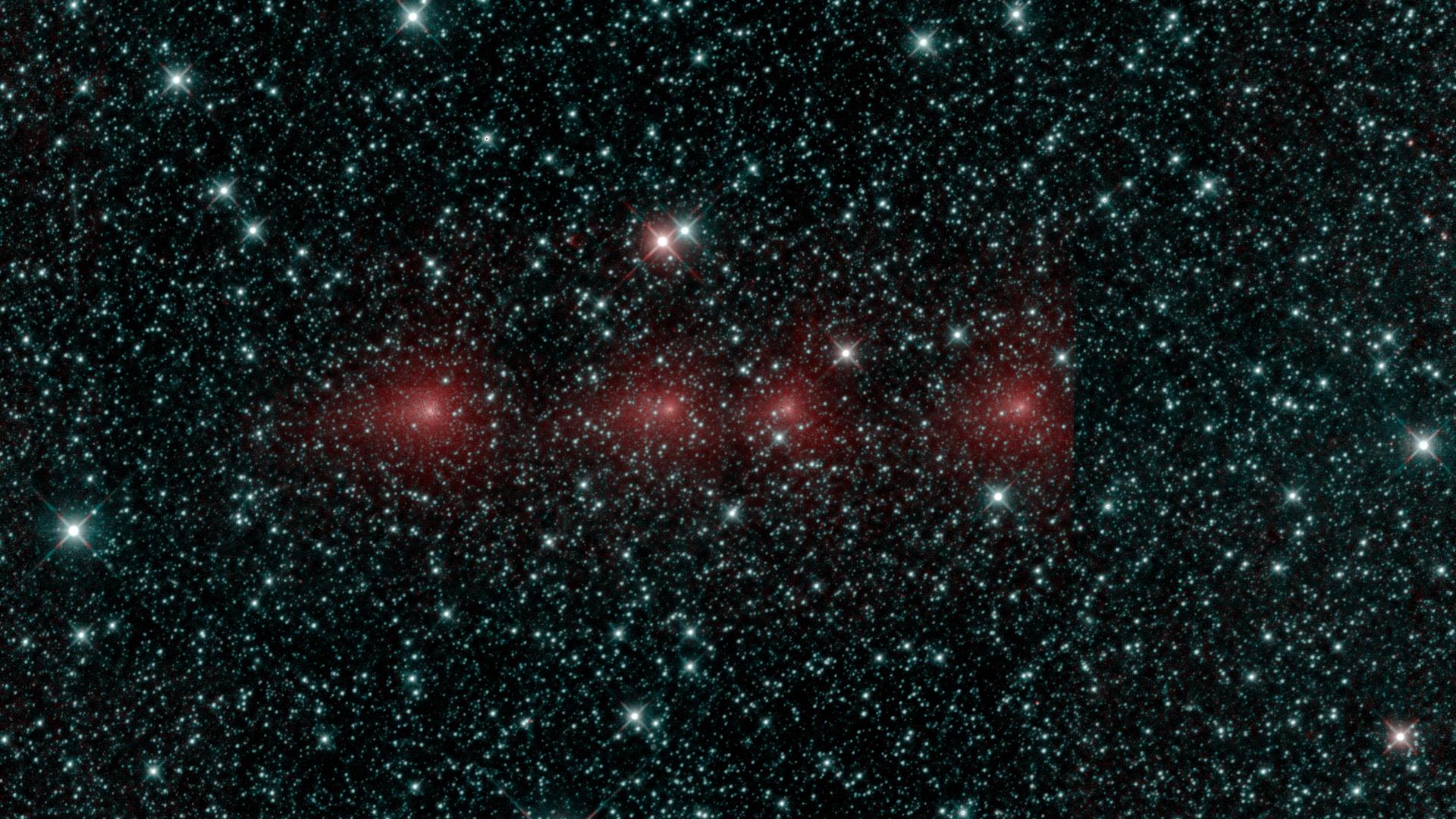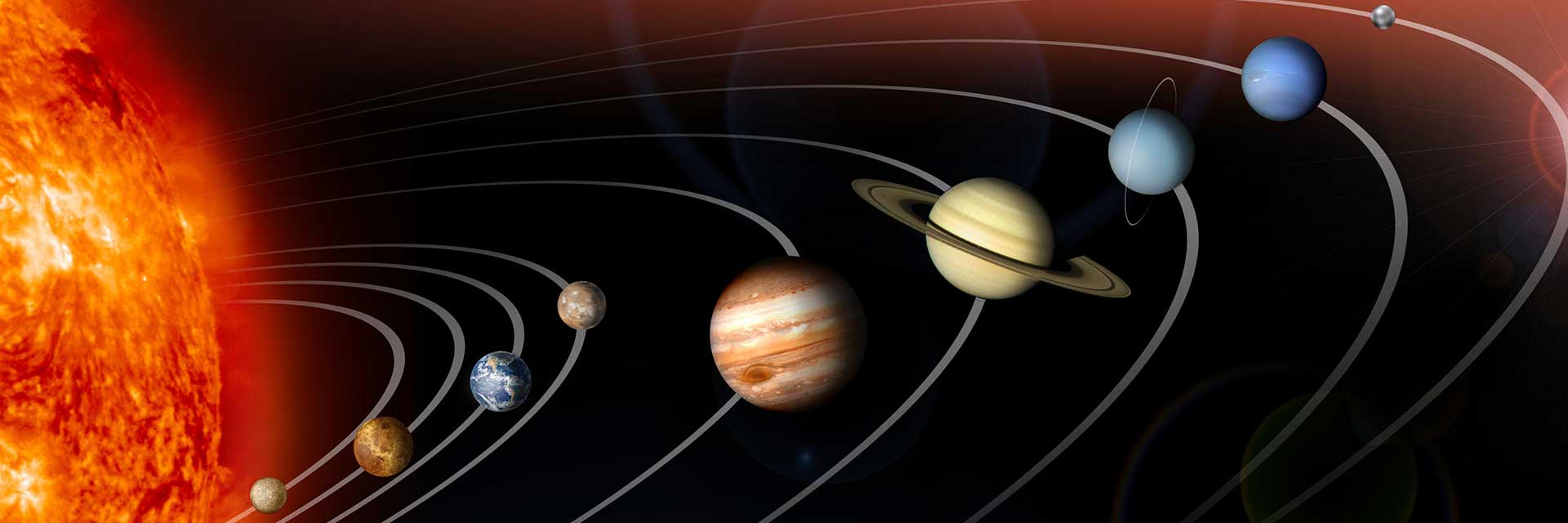
Solar System Exploration
Join us as we explore our solar system.
10 THINGS about our solar system
Solar System Overview
Our solar system has one star, eight planets, five officially named dwarf planets, hundreds of moons, thousands of comets, and more than a million asteroids.
About the Planets
Learn about the planets in our solar system.
The solar system has eight planets: Mercury, Venus, Earth, Mars, Jupiter, Saturn, Uranus, and Neptune. There are five officially recognized dwarf planets in our solar system: Ceres, Pluto, Haumea, Makemake, and Eris.
Get the Facts
Which Planet is Biggest
Which planet is smallest? What is the order of the planets as we move out from the Sun?
This is a simple guide to the sizes of planets based on the equatorial diameter – or width – at the equator of each planet. Each planet’s width is compared to Earth’s equatorial diameter. There's also a handy list of the order of the planets moving away from our Sun.
Size Up the Planets
What’s the Weather Like Out There?
We mean waaaay out there in our solar system – where the forecast might not be quite what you think.
Let’s look at the mean temperature of the Sun, and the planets in our solar system. The mean temperature is the average temperature over the surface of the rocky planets: Mercury, Venus, Earth, and Mars. Dwarf planet Pluto also has a solid surface. But since the gas giants don’t have a surface, the mean is the average temperature at what would be equivalent at sea level on Earth.
Get the Forecast
Skywatching Resources
Hubble's Night Sky Challenge
Do you have a telescope? Each month in 2025, the Hubble team will release a new set of objects for you to explore. Compare your view to Hubble’s, then submit your observations to the Astronomical League to earn recognition for your achievement.
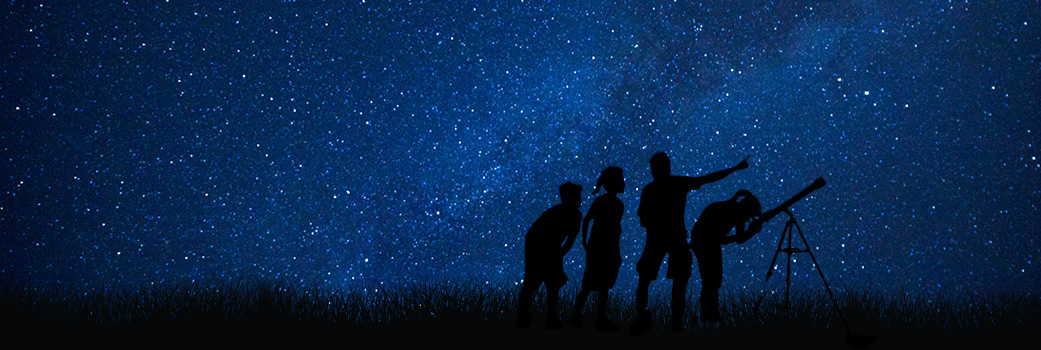
Featured Missions

Europa Clipper
NASA's Europa Clipper is the first mission that will conduct a detailed science investigation of Jupiter's moon Europa. The spacecraft launched Oct. 14, 2024.
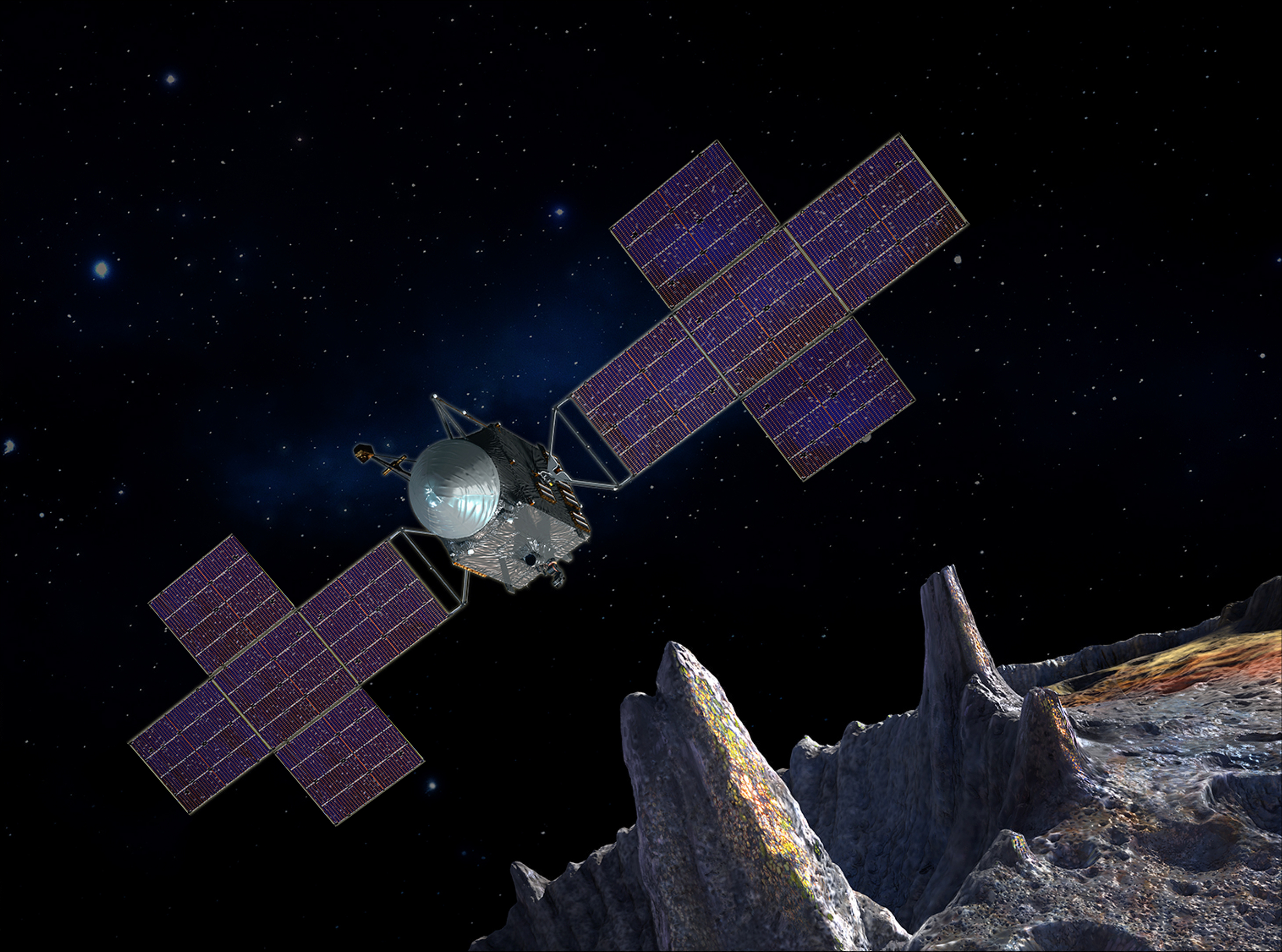
Psyche
Psyche is traveling to a metal-rich asteroid with the same name, orbiting the Sun between Mars and Jupiter. The spacecraft will arrive at the asteroid in August 2029.

NEO Surveyor
Near-Earth Object (NEO) Surveyor is a space telescope designed to hunt asteroids and comets that are potential hazards to Earth. Launch is no earlier than 2028.

VERITAS
VERITAS, and another mission called DAVINCI, will be the first NASA spacecraft to explore Venus since the 1990s. VERITAS will launch no earlier than 2031.
Go Beyond Our Solar System

Hubble Sees a Celestial Cannonball
The spiral galaxy in this NASA/ESA Hubble Space Telescope image is IC 3225. It looks like it could have been launched from a cannon, speeding through space like a comet with a tail of gas streaming from its disk behind it. IC 3225 is about 100 million light-years away from Earth.
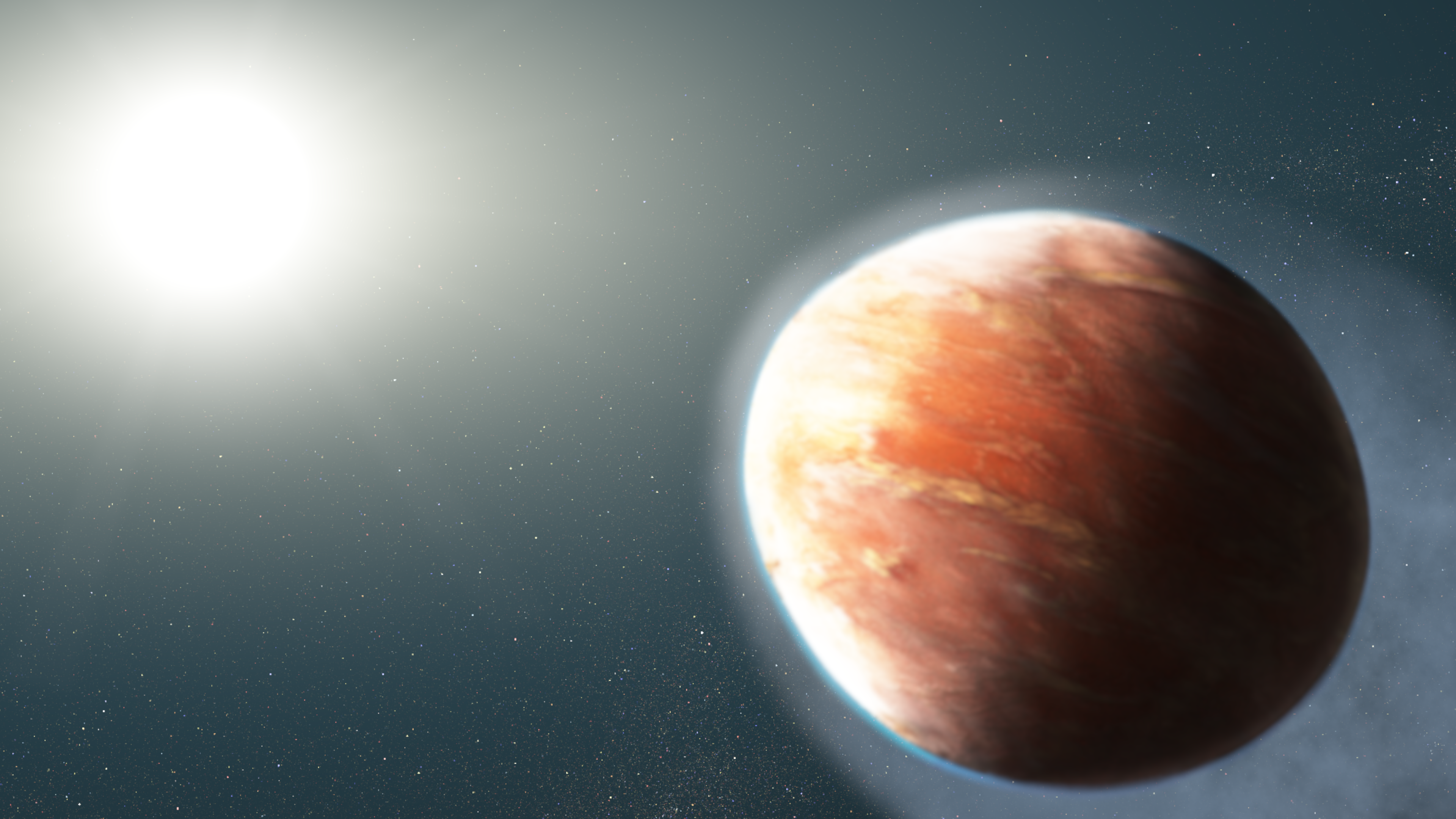
Hubble Explores Alien Atmospheres
For the past 30 years the Hubble Space Telescope has continued its important mission of uncovering the mysteries of the universe. One of those mysteries that Hubble has helped us understand are exoplanets.

Discover the Universe
Learn about the history of the cosmos, what it's made of, and so much more. The origin, evolution, and nature of the universe have fascinated and confounded humankind for centuries. New ideas and major discoveries made during the 20th century transformed cosmology – the term for the way we conceptualize and study the universe – although much remains unknown. Here is the history of the universe according to cosmologists’ current theories.

